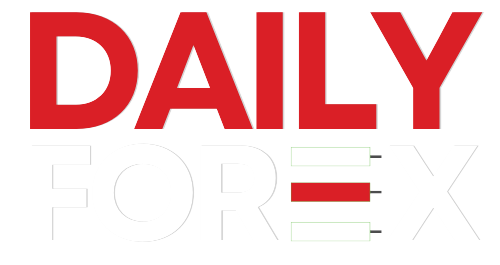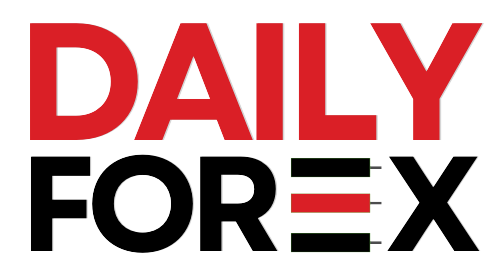Moving averages are more than just trend indicators—they can also serve as dynamic support and resistance levels. Unlike horizontal S&R lines that remain fixed, moving averages evolve with price, making them powerful tools in fast-moving markets.
📌 What Is Dynamic Support and Resistance?
We call it “dynamic” because moving averages shift with price changes. Instead of drawing static lines on your chart, a moving average updates in real time to reflect the average price over a selected period.
This means:
- Buyers may step in when price pulls back to the moving average.
- Sellers might act when price rallies into the moving average.
Let’s explore how you can use this practically in your trading.
🧪 Example: GBP/USD and the 50 EMA
Take a look at the 15-minute GBP/USD chart with the 50 EMA (Exponential Moving Average) applied.
📉 You’ll notice that every time the price approached the 50 EMA, it bounced back—acting as dynamic resistance.
This repeated interaction turns the 50 EMA into a moving “ceiling” that traders watch closely.
⚠️ Keep in mind: price won’t always bounce perfectly. Sometimes, it’ll pierce the average before reversing—or ignore it completely.
📐 The Support/Resistance “Zone” Between Two Moving Averages
Some traders use two EMAs (e.g., the 10 EMA and 20 EMA) to define a support or resistance zone—often called “the zone.”
Rather than reacting to a single line, this zone offers a range where the price may reverse or consolidate.
On the same GBP/USD 15-minute chart, using both the 10 and 20 EMA:
- Price dipped slightly below the 10 EMA.
- But it remained within the “zone,” before dropping sharply again—respecting the area as resistance.
This method offers more flexibility and reduces the chances of being faked out by a small price spike.
📉 Dynamic Support Turning Into Dynamic Resistance (And Vice Versa)
Like horizontal levels, moving average support and resistance can break.
In the same GBP/USD chart:
- The 50 EMA initially acted as resistance, with price bouncing down from it several times.
- Eventually, price broke above the 50 EMA and then retested it as support—a classic “resistance-turned-support” scenario.
This transition is common and gives traders a second opportunity to enter in the direction of the trend after a breakout.
✅ Why Use Moving Averages for Dynamic S&R?
- Always updated: Unlike static lines, MAs adjust to current price action.
- Time-saving: You don’t have to manually look back for historical levels.
- Trend-aligned: They naturally reflect the market’s bias—bullish or bearish.
🧠 Pro Tip
Choosing the right moving average depends on your trading strategy:
- For short-term trades, use faster EMAs like 10 or 20 periods.
- For longer-term support/resistance, consider slower MAs like the 50, 100, or 200.
Also, combine moving averages with price action, chart patterns, or other indicators for confirmation. Never rely on them in isolation.
Stay Updated with Daily Forex Pakistan.




